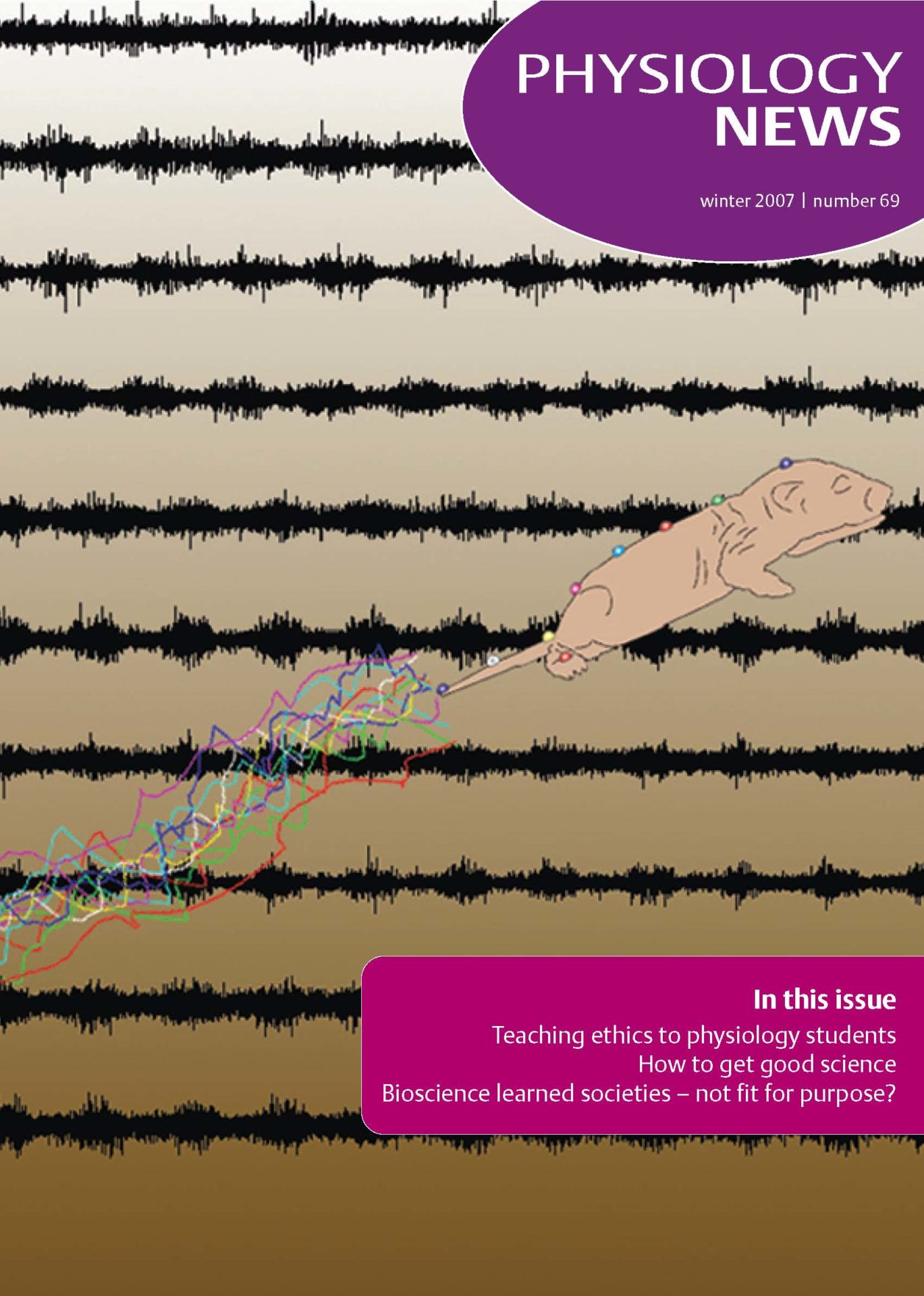
Physiology News Magazine
There goes the science bit…
A group of young scientists hunt for the evidence behind advertising claims
Features
There goes the science bit…
A group of young scientists hunt for the evidence behind advertising claims
Features
Kate Oliver
Member, Voice of Young Science
https://doi.org/10.36866/pn.69.17
Detox patches that ‘draw out toxins from your body overnight’ and pendants that ‘balance your biofield’ – almost all of us can give our own examples of science frustratingly or amusingly misrepresented in advertising. Discussing my own pseudoscience pet hates with a group of PhD and post-doctoral scientists, I realised I was far from alone in being fed up with junk science, and was thrilled when my colleagues rang companies and challenged them to back up their claims. As they shared the resulting conversations on the Voice of Young Science (VoYS) forum, the idea began to catch on, and transcripts of conversations with manufacturers and retailers ranging from obscure internet brands to big high street names began to roll in.
Amazingly, none of the companies called managed to provide any scientific evidence to back up their claims. Many made impressive statements about their products’ abilities, but were unable to even explain how they worked. ‘Detox patches’ sold by the beauty spa Champneys, are designed to be stuck to your feet, and overnight turn from white to dark brown, supposedly indicating that ‘toxins have been drawn out of your body.’ As the ‘harmful toxins’ named included such essential substances as fatty acids, biologist Aarathi Prasad felt the claims required further investigation.
Several phone calls to Champneys and the patch manufacturer, Trading Angels, informed Aarathi that the patches had ‘been tested’ (though they didn’t know how, or with what results), and no-one could explain exactly how they worked. The fact that the patches contain wood vinegar, which turns brown on contact with moisture (for example, on sweaty feet), went unanswered.
Other companies were called to back up decisions they had made on behalf of their customers. The Co-op and Sainsbury’s have both recently banned certain substances from their food and drink products (MSG and sodium benzoate respectively), implying that these may cause harm, despite a lack of any evidence to suggest this. When pressed, both companies admitted that the substances were removed due to ‘customer concerns’ and not any evidence of health risks.
Does it matter when companies misrepresent science? It is not just that such misleading or exaggerating can waste people’s money, or even affect their health. People trust these companies. When Sainbury’s or Pret a Manger decide to exclude ‘obscure chemicals’ because of public perceptions, they cause distrust in what scientists say, because Pret says otherwise. Customers expect advertisers to base claims on evidence, especially when scientific language is used (or misused) to make them sound more credible. When companies behave as if evidence does not matter, they are not only deceiving their customers, they are devaluing science for everyone.
Like the Voice of Young Science group, we need to let companies know that they are accountable for their misuse of science. If we scrutinise these claims, advertisers are forced to ensure that they have the evidence to back them up. As VoYS has shown, it only takes a phone call to challenge your own pseudoscience pet hate. If not you, then who?
VoYS has produced There goes the science bit… – a dossier of their amusing, eye-opening and sometimes shocking experiences, hoping to inspire others to stand up for science too. For a free copy, or more information, go to www.senseaboutscience.org or contact Alice Tuff at VoYS@senseaboutscience.org
